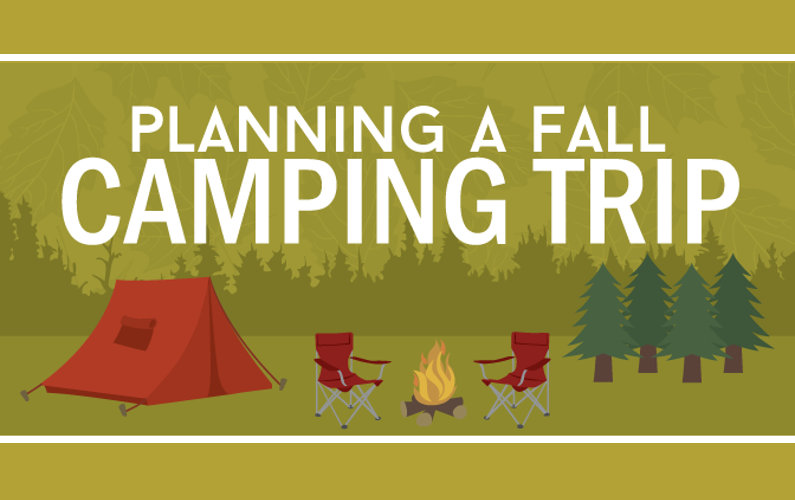A stove jack is a strengthened opening in the tent fabric that securely suits woodstove pipelines. However, the process of suitable a cooktop jack can be intimidating for novice campers, and errors in installment can result in outdoor tents fires or carbon monoxide gas poisoning.
Fortunately, an appropriately fitted and maintained range jack is among the safest additions to a canvas camping tent, like the Roamin Home Nomad.
Placement
A stove jack is essential to the functionality and comfort of your canvas tent. Not just does it give heat and cooking benefit, however it likewise assists drive out moisture from your wall surfaces to maintain your camping tent comfortable and completely dry throughout the periods.
Bearing in mind that they're designed to stop the fire and flue pipe from entering contact with the canvas, it's important to put your stove jack safely. Cooktop jacks ought to be positioned as away from the wall of your camping tent as possible, particularly, the location that flickers and moves the most.
Our modular cooktop jacks allow you to place your exit point for the pipeline in either the roofing system or side wall surface of your tent, providing you complete control over where you 'd like your smoke and exhaust to exit your sanctuary. Learn more regarding usual mistakes campers make when suitable their stove jacks, and exactly how to prevent them to safeguard on your own from outdoor tents fires and carbon monoxide poisoning.
Ventilation
An oven jack offers a risk-free leave factor for the pipe of your camping tent oven, aerating smoke from the interior of your outdoor tents. Without air flow, toxic gases like carbon monoxide gas can accumulate inside the outdoor tents. The jack is also created to stop warmth sources from touching the canvas of the outdoor tents, securing the structure and materials from damages or fire.
Ideally, your flue must prolong at least 6 inches above the top of the camping tent ridge. This allows the wind to blow sparks far from your roof covering, reducing the danger of them burning openings in the outdoor tents roof covering.
Ventilation also helps improve burning performance and home heating capacity. The materials your range and flue pipe are made from glamping tent capture warm sent out by the smoke and fuel, raising their temperature and promoting additional burning. The jack after that shows this heat right into the outdoor tents, helping to keep the interior of the camping tent warm and comfortable for longer periods.
Fuel
Guarantee that you are using only fire-safe woods and that your stove is properly fueled. Avoid overworking the stove, as this can cause overheating that could result in fire. Furthermore, store flammable items like alcohol, aerosols and gas cylinders outside the camping tent to stop them from creating a fire.
Oven Jacks are created to safeguard camping tents from heat, and the cloth they're made from is fireproof. However, they are only designed to be used safely if they are effectively mounted and positioned appropriately. Ensure that the range pipeline is aiming up and down via the hole, as any other angle can hamper appropriate air flow.
Stoves can remain hazardously hot for hours after they are utilized and can harm or stir up outdoor tents material, sleeping bags, and various other personal belongings if positioned too close. Maintain a fire extinguisher close by and make sure every person knows where it is, as well as just how to utilize it. Additionally, constantly make use of fireproof bedding like outdoor tents floor coverings and systems to prevent warmth from harming your cushion.
Snuffing out
A fire can spread quickly, especially when coal fly right into greenery or neighboring structures. Constantly keep a water container and fire extinguisher convenient in case of a fire, and never leave a campfire neglected.
If constructing a campfire, clear the location and usage assigned pits. Make sure to examine regional camping area or public lands regulations for any type of limitations prior to developing a campfire. Prevent using liquid-filled heating units, lights or candles inside tents; they can generate lethal carbon monoxide gas. Pack a mobile CO alarm system and multi-purpose fire extinguisher for added satisfaction.
Event tent fire security conformity needs adherence to NFPA criteria and regional laws, in addition to regular surveillance, staff training on emergency situation treatments and efficient evacuation methods. Correct tent arrangement, certified products and electric equipment are essential elements for accomplishing compliance. Doing pre-event risk evaluations, performing normal security checks and connecting emergency procedures with guests aid reduce risks and develop effective events that prioritize attendee health.
